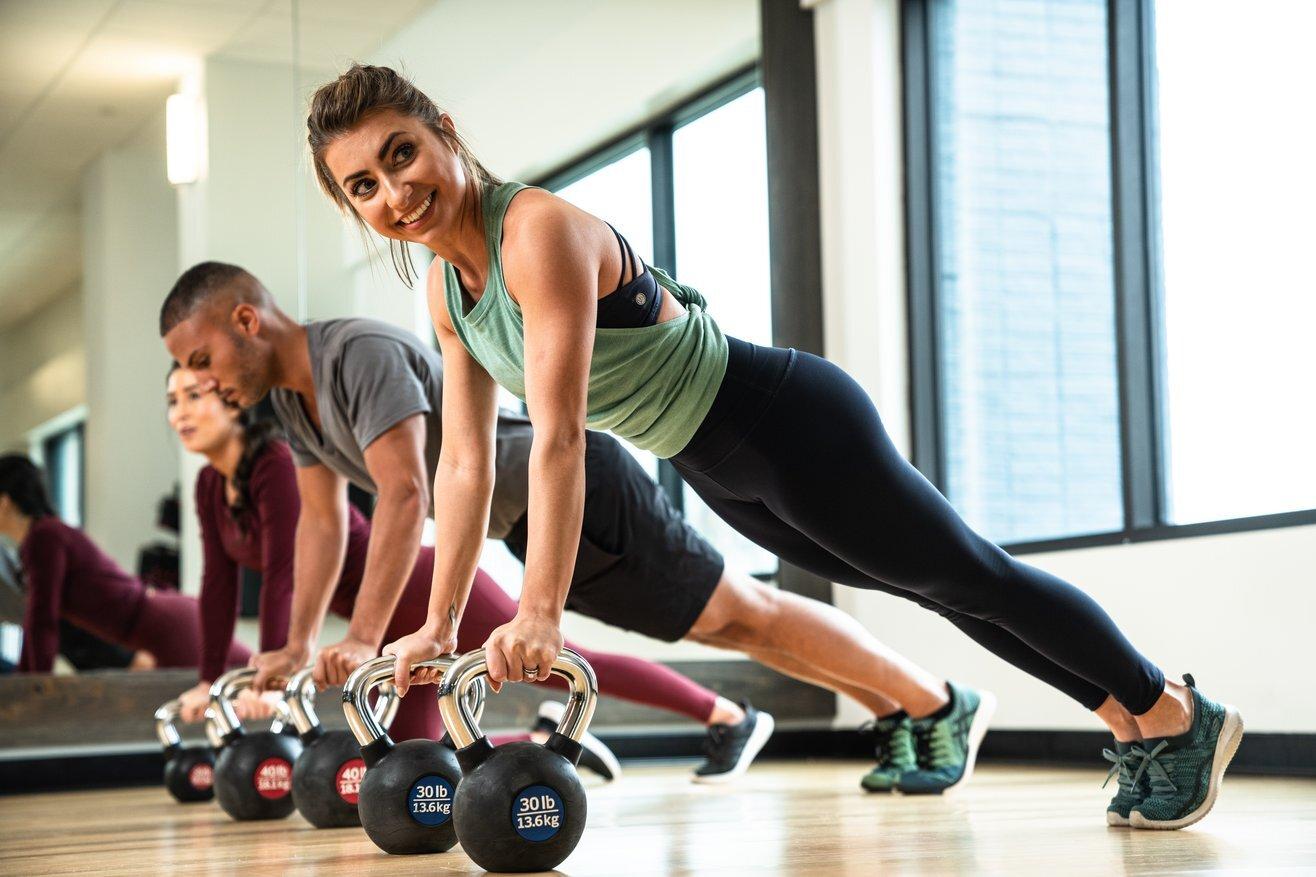In the quest for effective and efficient workouts, interval training stands out as a powerful tool to maximize calorie burn and boost overall fitness. This dynamic approach to exercise alternates between high-intensity bursts and periods of rest or lower-intensity activity, allowing you to push your limits while optimizing recovery. Whether you’re a seasoned athlete looking to break through a plateau or a beginner eager to make the most of your workout time, understanding how to harness the power of interval training can transform your fitness routine. In this article, we’ll explore the fundamentals of interval training, provide step-by-step guidance on incorporating it into your workouts, and reveal how it can supercharge your calorie-burning potential. Get ready to elevate your exercise regimen and achieve your fitness goals with confidence and precision.
Understanding the Science Behind Interval Training
Interval training is a highly effective exercise strategy that combines short bursts of intense activity with periods of rest or lower-intensity exercise. This approach not only enhances cardiovascular fitness but also accelerates calorie burning. During high-intensity phases, your body works at a greater capacity, tapping into energy reserves and boosting your metabolism. This leads to a phenomenon known as the afterburn effect, where your body continues to burn calories at a higher rate even after the workout is complete.
To fully capitalize on the benefits of interval training, consider these key elements:
- Intensity: Push yourself to 80-90% of your maximum effort during high-intensity intervals.
- Duration: Keep intense bursts short, typically between 20-60 seconds, followed by rest or low-intensity periods of 1-2 minutes.
- Variety: Mix different exercises such as sprinting, cycling, or bodyweight movements to engage various muscle groups.
- Progression: Gradually increase the intensity or duration of your high-intensity intervals as your fitness level improves.
By understanding and applying these scientific principles, you can make the most out of your workouts, achieving better results in less time.

Crafting the Perfect Interval Training Routine
To design an effective interval training routine, it’s essential to strike the right balance between intensity and recovery. Start by determining your fitness goals and current level of fitness. Whether you’re a beginner or a seasoned athlete, tailoring your intervals to your specific needs will maximize calorie burn and improve cardiovascular health. Consider these key components:
- Intensity: Choose exercises that challenge you, such as sprints, burpees, or cycling. Aim for 70-85% of your maximum heart rate during the high-intensity intervals.
- Duration: High-intensity bursts should last between 20 seconds to 2 minutes, depending on your fitness level. Adjust the length as you progress.
- Recovery: Incorporate active recovery periods that are 1-2 times the length of your intense intervals. Activities like walking or slow jogging are ideal.
- Frequency: Aim for 2-3 interval training sessions per week, allowing ample rest between workouts to avoid overtraining.
By carefully crafting each session, you’ll engage different muscle groups and keep your body guessing, leading to improved endurance and a higher calorie burn. Remember, consistency and progression are key, so keep challenging yourself as you adapt to your new routine.
Maximizing Calorie Burn with High-Intensity Intervals
High-intensity interval training (HIIT) is a powerful way to elevate your workout routine and torch calories efficiently. The essence of HIIT lies in alternating between short bursts of intense activity and brief periods of rest or low-intensity exercise. This method not only spikes your heart rate but also enhances your metabolic rate long after the workout is done, a phenomenon known as the afterburn effect or excess post-exercise oxygen consumption (EPOC).
- Start with a Warm-Up: Before diving into intervals, prepare your body with 5-10 minutes of light cardio, such as jogging or jumping jacks, to prevent injury.
- Choose Your Intensity: During the high-intensity phase, aim for 80-90% of your maximum heart rate. This could be sprinting, cycling, or any vigorous activity that pushes your limits.
- Keep Intervals Short and Sweet: Perform intense bursts for 20-30 seconds followed by 1-2 minutes of rest or low-intensity exercise. Repeat this cycle for 15-30 minutes.
- Mix It Up: Incorporate a variety of exercises like burpees, mountain climbers, or kettlebell swings to keep your routine engaging and challenging.
By integrating these strategies, you’ll not only enhance your calorie burn but also improve cardiovascular health and endurance. Remember, consistency and intensity are key to maximizing the benefits of your interval training sessions.
Incorporating Interval Training into Your Weekly Schedule
Interval training can seamlessly fit into your weekly workout schedule, enhancing your fitness routine without overwhelming your calendar. Begin by identifying your current fitness level and weekly commitments. Choose two to three days a week to integrate intervals into your workouts. This could mean replacing a regular run or bike ride with a session focused on alternating between high-intensity bursts and recovery periods. The flexibility of interval training means it can be adapted to any form of cardio, whether it’s running, cycling, or even swimming.
- Start small: Begin with short intervals, such as 30 seconds of high intensity followed by 1-2 minutes of recovery.
- Progress gradually: As your endurance builds, increase the duration of the high-intensity intervals or reduce the recovery time.
- Mix it up: Keep your body guessing by varying the length and intensity of the intervals each week.
- Listen to your body: While pushing yourself is key, ensure you’re not overtraining by incorporating rest days into your schedule.
By structuring your week with thoughtfully placed interval sessions, you’ll not only burn more calories but also improve your cardiovascular health and overall fitness levels. Remember, consistency is key, so keep track of your progress and adjust as needed to continue challenging yourself.




